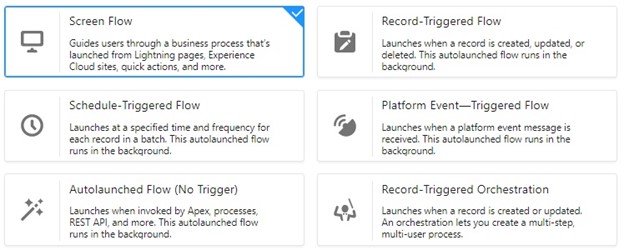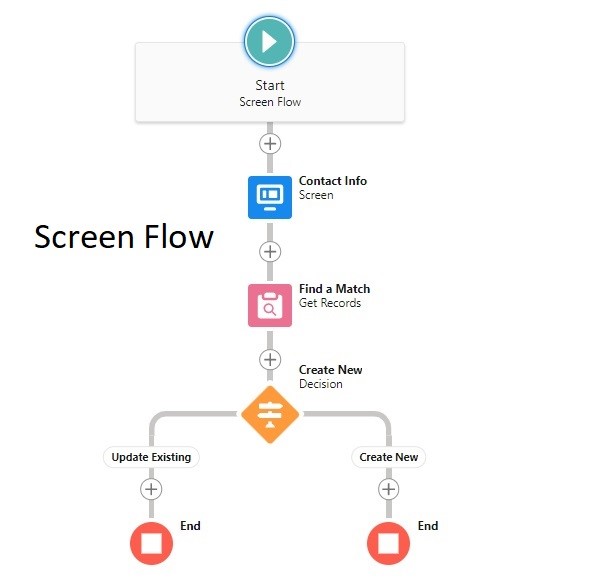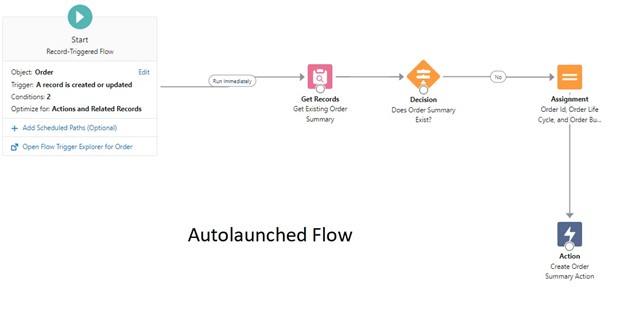What is Flow?

What is Flow?
Introduction: Salesforce Flows revolutionize business process automation by reducing manual data entry and streamlining operations. In this blog, we explore the top trends in Salesforce Flows, highlighting best practices, their advantages, and common restrictions. Discover the power of Flows to improve productivity, enhance user experiences, and seamlessly integrate with Salesforce.

Content:
- Plan Your Flow Effectively: Best Practices for Success
- Simplicity is Key: Automate Repetitive Tasks with Ease
- Consistent Naming Conventions: Enhancing Flow Management
- Thoroughly Test Your Flow: Ensure a Smooth Experience
- Documentation Matters: Facilitating Collaboration and Maintenance
- Error Handling: Preventing Failures and Keeping Users Informed
- Performance Optimization: Designing Efficient Flows
- Security Best Practices: Safeguarding Sensitive Data
When to Use Flows: Salesforce Flows serve as a versatile tool for automating business processes. Identify scenarios where Flows excel, such as repetitive, time-consuming, error-prone tasks, or those involving complex calculations and integrations with external systems.

Advantages of Flows:
- No Coding Required: Empowering Non-Technical Users
- Visual Drag-and-Drop Interface: User-Friendly Flow Builder
- Seamless Integration with Salesforce: Automating Various Processes
- Flexibility: Automating Complex Business Processes
- Reusability: Saving Time and Effort
- Collaboration: Sharing Flows for Enhanced Teamwork
Common Restrictions:
- Limitations on Data Types: Supported and Unsupported Salesforce Data Types
- Limited Interaction with External Systems: Understanding the Boundaries
- Complexity: Mitigating Challenges in Large and Complicated Flows
- Performance Considerations: Optimizing Flow Efficiency
- Licensing Requirements: Cost Implications of Advanced Features

Flow Vs. Coding: Understand the best use cases for Flows and coding. Flows excel in automating simple to moderately complex processes, while coding is preferable for highly customized functionality. In some cases, a combination of Flows and code may yield the best outcome.
Conclusion: Salesforce Flows offer a powerful and user-friendly solution for automating business processes and reducing manual data entry. By following best practices, considering their advantages, and understanding common restrictions, you can leverage the full potential of Flows. Optimize your business operations, improve productivity, and streamline processes using Salesforce Flows. Explore the possibilities and unlock the power of automation with proper planning and testing.
Author: Anup Das






